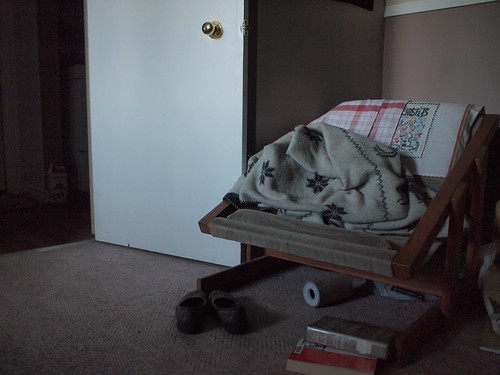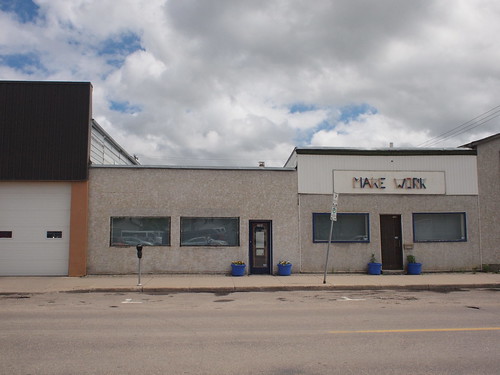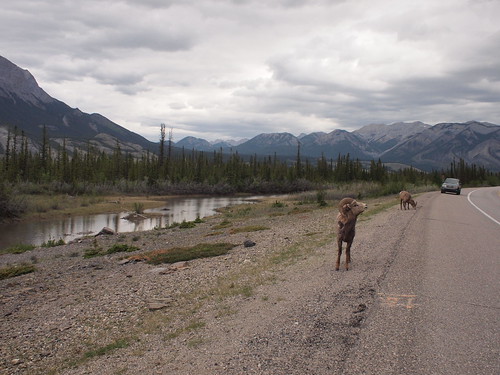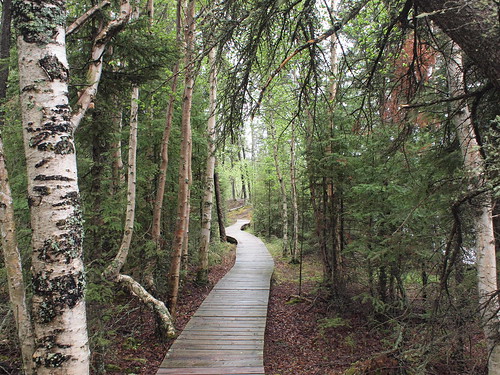 The Dream of Wearing Shorts Forever
The Dream of Wearing Shorts Forever
To go home and wear shorts forever
in the enormous paddocks, in that warm climate,
adding a sweater when winter soaks the grass,
to camp out along the river bends
for good, wearing shorts, with a pocketknife,
a fishing line and matches,
or there where the hills are all down, below the plain,
to sit around in shorts at evening
on the plank verandah —
If the cardinal points of costume
are Robes, Tat, Rig and Scunge,
where are shorts in this compass?
They are never Robes
as other bareleg outfits have been:
the toga, the kilt, the lava-lava
the Mahatma’s cotton dhoti;
archbishops and field marshals
at their ceremonies never wear shorts.
The very word
means underpants in North America.
Shorts can be Tat,
Land-Rovering bush-environmental tat,
socio-political ripped-and-metal-stapled tat,
solidarity-with-the-Third World tat tvam asi,
likewise track-and-field shorts worn to parties
and the further humid, modelling negligee
of the Kingdom of Flaunt,
that unchallenged aristocracy.
More plainly climatic, shorts
are farmers’ rig, leathery with salt and bonemeal;
are sailors’ and branch bankers’ rig,
the crisp golfing style
of our youngest male National Costume.
Most loosely, they are Scunge,
ancient Bengal bloomers or moth-eaten hot pants
worn with a former shirt,
feet, beach sand, hair
and a paucity of signals.
Scunge, which is real negligee
housework in a swimsuit, pyjamas worn all day,
is holiday, is freedom from ambition.
Scunge makes you invisible
to the world and yourself.
The entropy of costume,
scunge can get you conquered by more vigorous cultures
and help you notice it less.
To be or to become
is a serious question posed by a work-shorts counter
with its pressed stack, bulk khaki and blue,
reading Yakka or King Gee, crisp with steely warehouse odour.
Satisfied ambition, defeat, true unconcern,
the wish and the knack of self-forgetfulness
all fall within the scunge ambit
wearing board shorts or similar;
it is a kind of weightlessness.
Unlike public nakedness, which in Westerners
is deeply circumstantial, relaxed as exam time,
artless and equal as the corsetry of a hussar regiment,
shorts and their plain like
are an angelic nudity,
spirituality with pockets!
A double updraft as you drop from branch to pool!
Ideal for getting served last
in shops of the temperate zone
they are also ideal for going home, into space,
into time, to farm the mind’s Sabine acres
for product and subsistence.
Now that everyone who yearned to wear long pants
has essentially achieved them,
long pants, which have themselves been underwear
repeatedly, and underground more than once,
it is time perhaps to cherish the culture of shorts,
to moderate grim vigour
with the knobble of bare knees,
to cool bareknuckle feet in inland water,
slapping flies with a book on solar wind
or a patient bare hand, beneath the cadjiput trees,
to be walking meditatively
among green timber, through the grassy forest
towards a calm sea
and looking across to more of that great island
and the further topics.
-Les Murray, 1996
This picture above's an old one, from the summer of 2010, when I was newly graduated and raising cranes. I took the picture right before (or after?) I
kayaked the Baraboo River--it was running high that day. It's hard to believe that that was two years ago, now. I'm attaching it to this poem even though it's out-of-date because there's my dream of wearing shorts forever, I guess: with an old boat and an older car, in the summer, in a picture that's out of focus, but the colors are bright anyway. You could say that about a lot of pieces of my life, actually: out of focus, but the colors are bright anyway.









